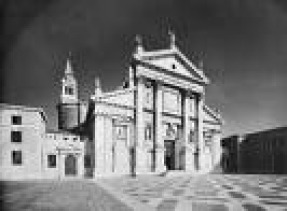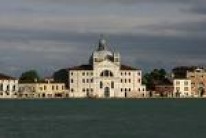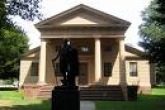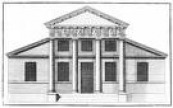Contemporary Impact

Palladio's architecture was not dependent on expensive materials, which could have been an advantage to him, because many of his clients were more upper-class. But most of his buildings are made in brick. His success as an architect is based not only on the beauty of his work, but also for its harmony with the culture of his time. His creations really fit in to the things you seen in architecture and nature in the 16th century. His buildings served to communicate their place in the social order of their culture, which were mostley upper class. His success as an architect is based not only on the style of his work, but also for its harmony with the culture of his time or being 'in cinque' with the time. His success and influence was a result of extraordinary aesthetic quality with expressive characteristics that resonated with his client's social likes. His buildings were some of the nicest made in the 16th century. This integration meaning is apparent in three major building types, the urban palazzo, the agricultural villa, and the church. Palladio also established an influential new building format for the agricultural villas of the Venetian aristocracy. He consolidated the various stand-alone farm outbuildings into a single impressive structure, arranged as a highly organized and ran by a strong center and symmetrical side wings, as illustrated at Villa Barbaro. Palladio created a new configuration for the design of Roman Catholic churches that established two interlocking architectural orders, and this was directly in common with the rising acceptance of Thomas Aquinas' theological ideas. which were postulated the notion of two worlds existing at the same time: the divine world of faith and the earthly world of man. Palladios comtemporary impact was great, many people loved his sculptures because they had so much to do with the things apparent to the 16th century. This made his sculptures very likeable.
Palladio's Works

As you can see, Palladio's works are very much in harmony with the culture of the 16th century. . . ie. the overall style of the building, brick, many windows, etc.
SOURCES:
www.boglewoood.com/palladio , www.architecture.about.com/palladio , www.wikipedia.com/influence , www.wikipedia.com/culteralcontext .
Page created by Justin Damron


